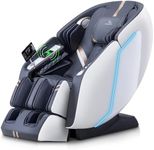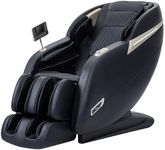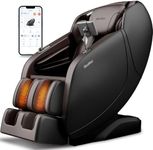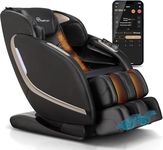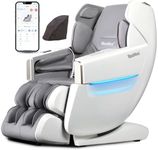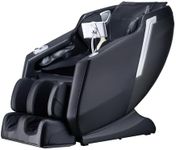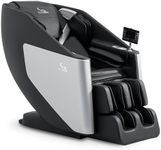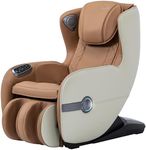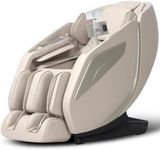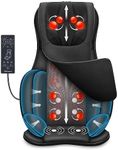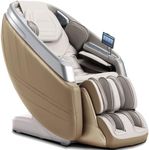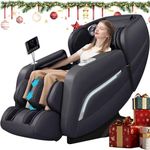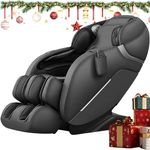Buying Guide for the Best Massage Chairs
Choosing a massage chair can be a rewarding investment in your comfort and well-being. The right chair can help you relax, relieve muscle tension, and even improve circulation. However, with so many features and options available, it’s important to understand what matters most for your needs. Start by thinking about how you plan to use the chair—whether it’s for daily relaxation, targeted pain relief, or occasional use. Consider the space you have available and any specific health concerns you want to address. By focusing on the key features and understanding what they mean, you’ll be better equipped to find a massage chair that fits your lifestyle and preferences.Massage TechniquesMassage chairs offer a variety of techniques such as kneading, tapping, rolling, shiatsu, and sometimes even stretching. This spec refers to the types of movements and sensations the chair can provide. It’s important because different techniques target different muscle groups and offer unique benefits. Some chairs offer only basic rolling and kneading, while others include advanced options like shiatsu or air compression. If you want a simple, relaxing experience, basic techniques may be enough. If you have specific muscle tension or want a more therapeutic experience, look for chairs with a wider range of techniques.
Coverage AreaCoverage area describes which parts of your body the chair can massage, such as back, neck, shoulders, arms, legs, and feet. Some chairs focus mainly on the back, while others offer full-body coverage. This is important because your needs may vary—if you have sore legs or feet, a chair with calf and foot massage is essential. If you mainly want back relief, a simpler model may suffice. Think about where you experience the most tension and choose a chair that targets those areas.
Adjustability and CustomizationAdjustability refers to how much you can personalize the massage experience, such as changing intensity, speed, or the position of rollers. Customization is important because everyone’s comfort level and needs are different. Some chairs offer preset programs, while others let you fine-tune settings. If you want a tailored experience or have multiple users in your household, look for a chair with more adjustability. If you prefer simplicity, basic preset options may be enough.
Size and Space RequirementsMassage chairs can be quite large and heavy, so it’s important to consider the space you have available. This spec includes the chair’s dimensions and whether it requires extra room to recline. Some models are designed to save space by sliding forward as they recline. If you have a small room, look for compact or space-saving designs. If space isn’t an issue, you can focus more on features and comfort.
Heat TherapyMany massage chairs offer built-in heat, usually in the back or seat area. Heat therapy can help relax muscles and enhance the massage experience. This feature is especially useful if you have chronic muscle stiffness or want extra comfort during colder months. If heat is important to you, check which areas are heated and whether you can control the temperature. If you don’t need heat, you can focus on other features.
User Weight and Height CapacityEvery massage chair has recommended limits for user weight and height. This is important for both safety and comfort, as using a chair outside its recommended range can affect performance and durability. Chairs are often divided into standard and extended capacity models. If you are taller, shorter, or heavier than average, make sure to check these specs to ensure a good fit and effective massage.
Ease of Use and ControlsEase of use refers to how simple it is to operate the chair, including the remote control, display, and menu options. Some chairs have touchscreens or voice controls, while others use basic buttons. If you want a hassle-free experience, look for intuitive controls and clear instructions. If you enjoy exploring features, a more advanced interface may be appealing. Consider who will be using the chair and choose a control system that matches their comfort level.
